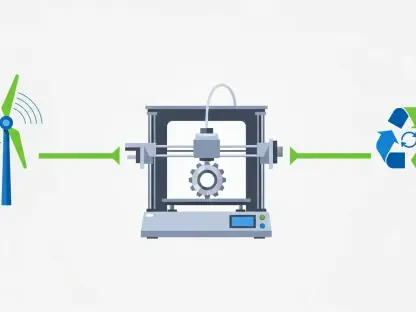GE Aerospace recently made significant strides in hypersonic flight with the development of their rotary detonation engine (RDE). Introduced in July 2024, this new engine could revolutionize both military and commercial aviation by providing more efficient propulsion for sustained hypersonic speeds.
Hypersonic flight, defined as speeds of Mach 5 or greater, has long posed challenges, particularly in propulsion. GE Aerospace’s solution involves integrating rotary detonation technology with scramjet engines. Unlike traditional jet engines, scramjets compress air at supersonic speeds, a complex task, but rotary detonation technology enhances thrust and fuel efficiency, making sustained high-speed flight more practical.
The engine’s development has been a rigorous process, involving partnerships with significant aerospace organizations like NASA. Overcoming engineering obstacles, such as managing supersonic air compression, required precision and innovation. The resulting technology pushes the boundaries of aerospace engineering, opening new possibilities for future hypersonic aircraft.
Flight testing of the new RDE is scheduled to begin next year to validate its performance under real-world conditions. If successful, this engine could reshape military defense strategies and transform commercial aviation by enabling faster, longer-distance travel.
The global race for hypersonic technology has substantial geopolitical implications. Nations like China and Russia are advancing their own efforts, making it crucial for the US to maintain a technological edge. Hypersonic aircraft offer strategic military advantages by reducing reaction times in engagements, influencing global power dynamics.
Looking forward, the successful integration of rotary detonation combustion technology holds enormous potential. Hypersonic propulsion could revolutionize aviation, drastically cutting flight times and enhancing global connectivity. Beyond aviation, advancements driven by GE Aerospace may also impact space exploration and set new standards in aerospace engineering.









